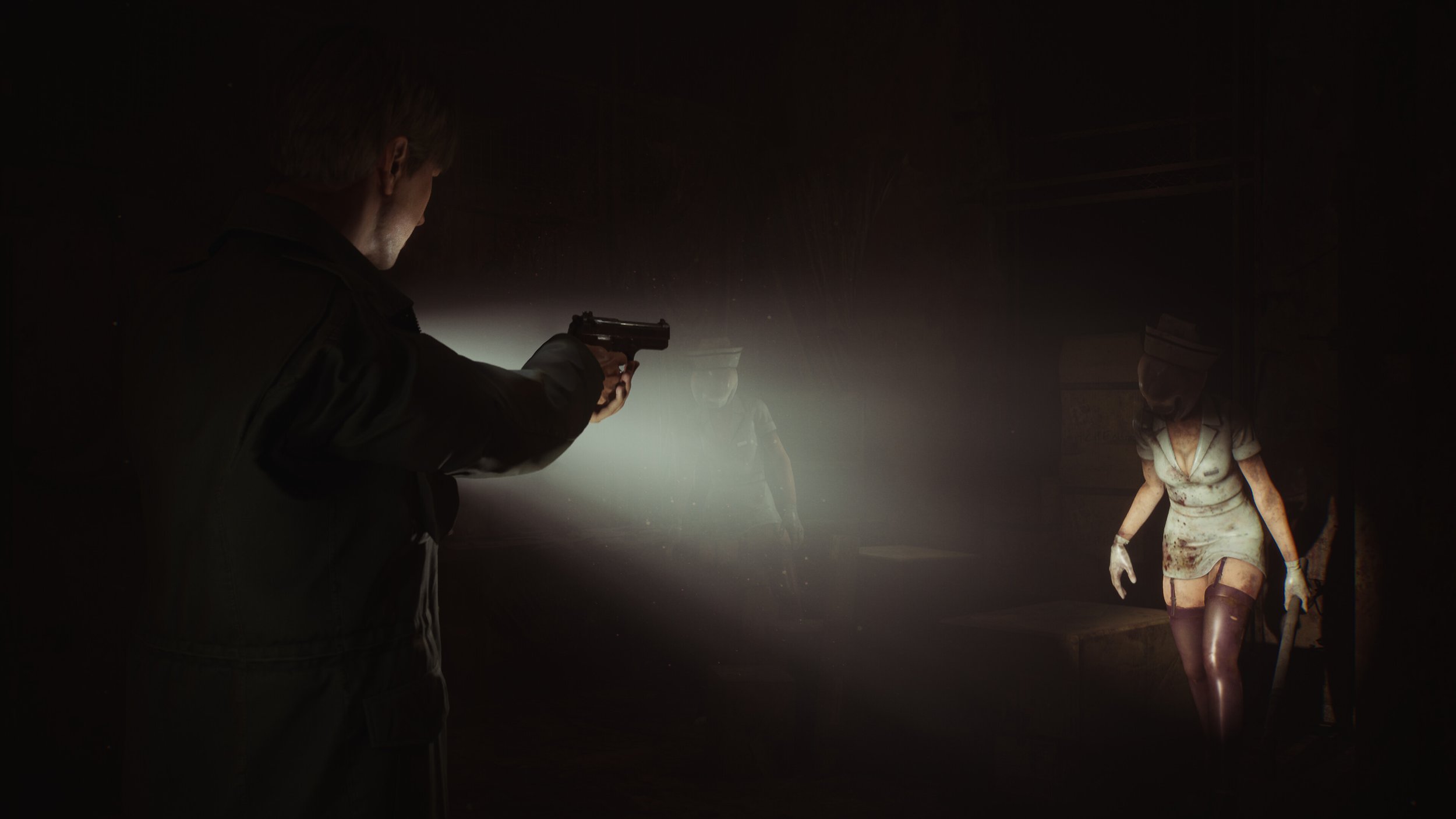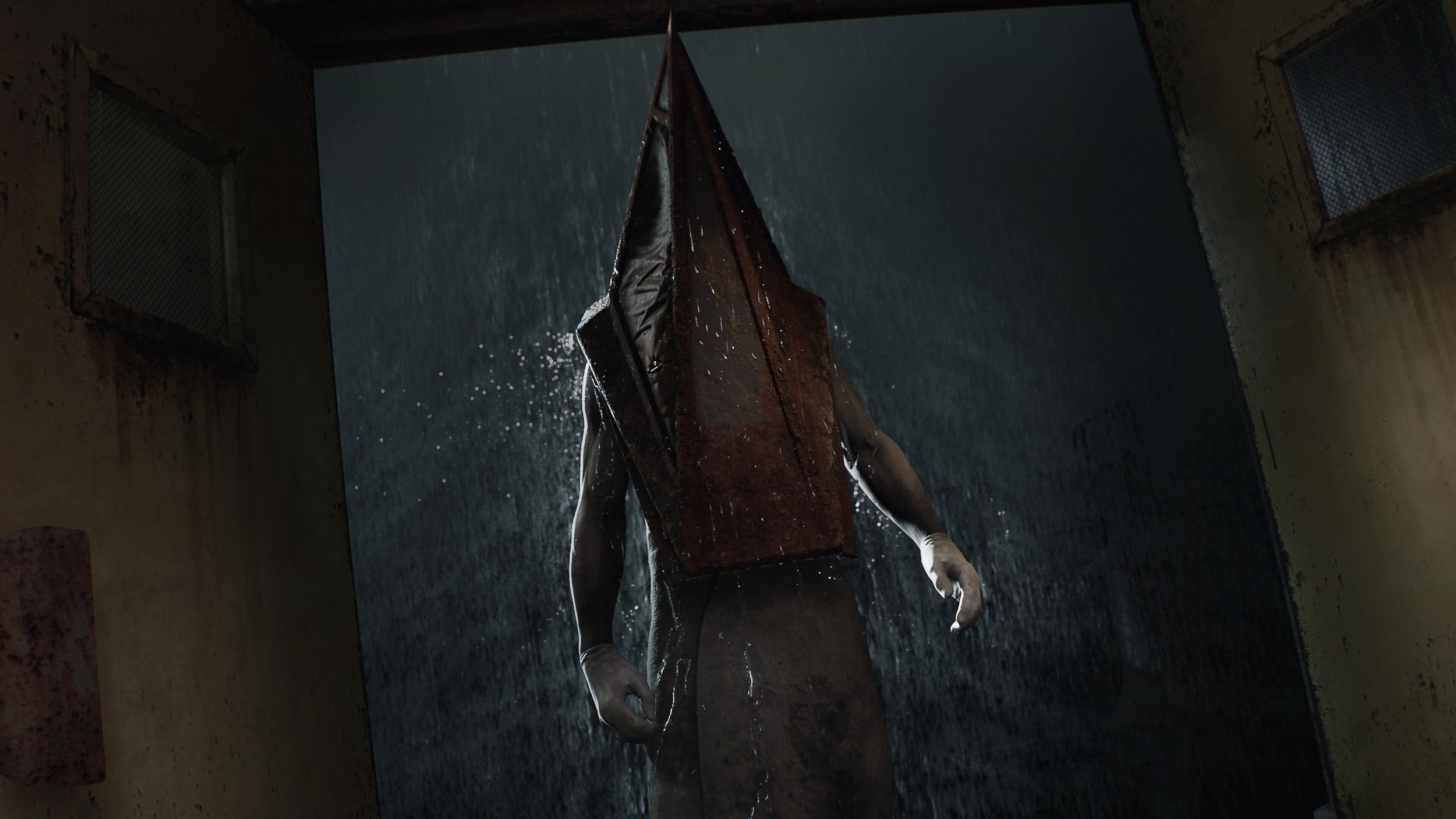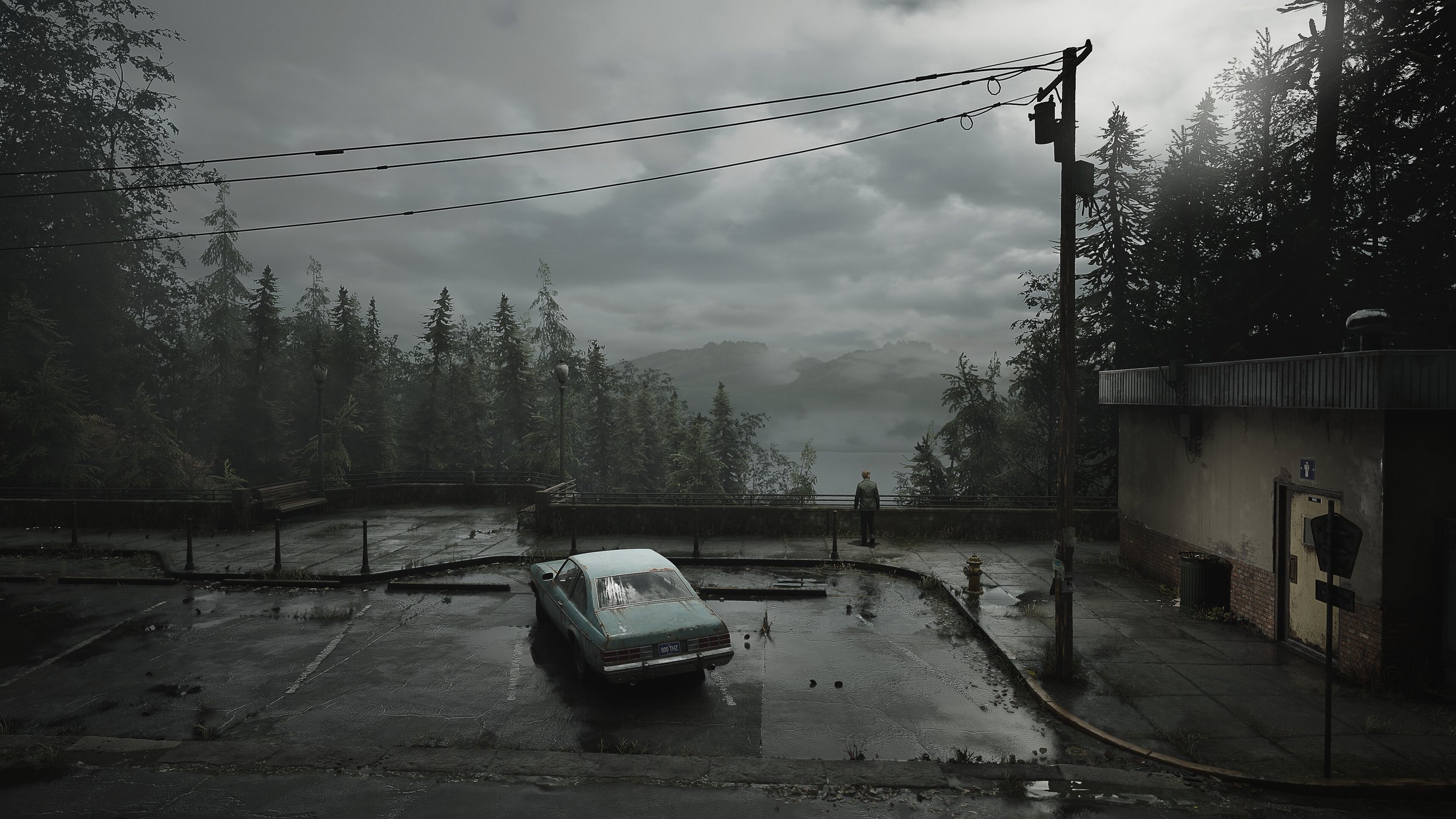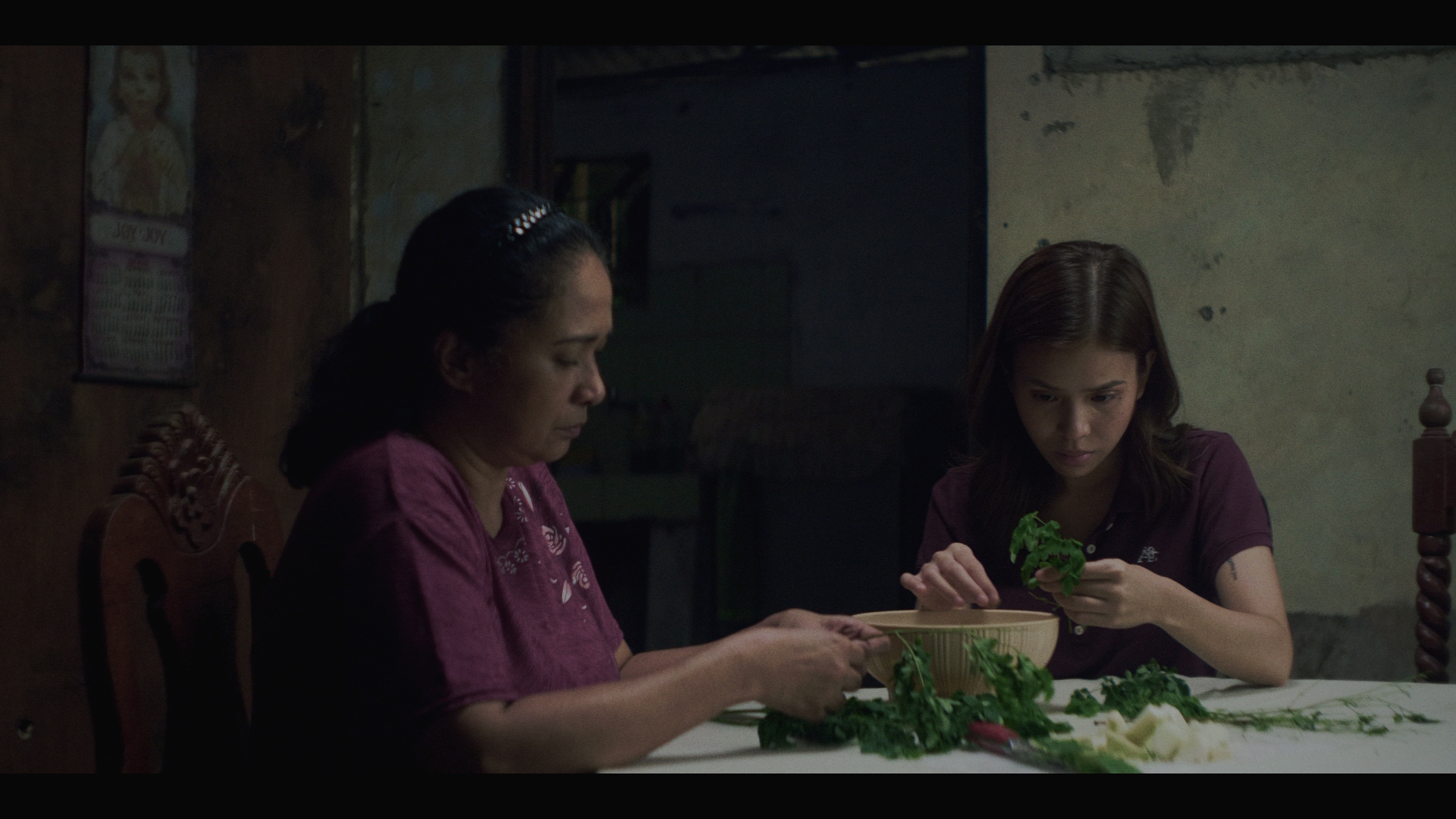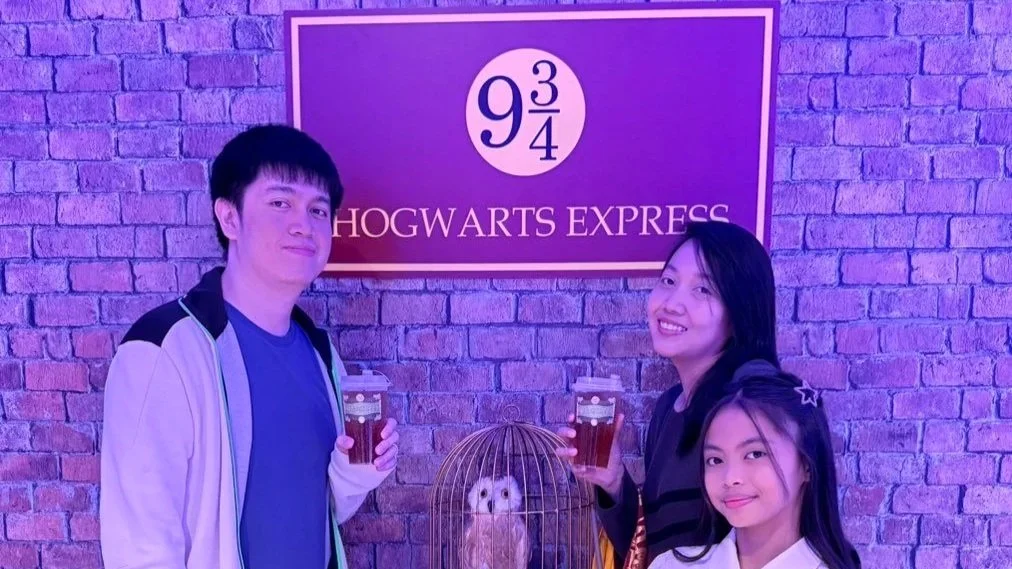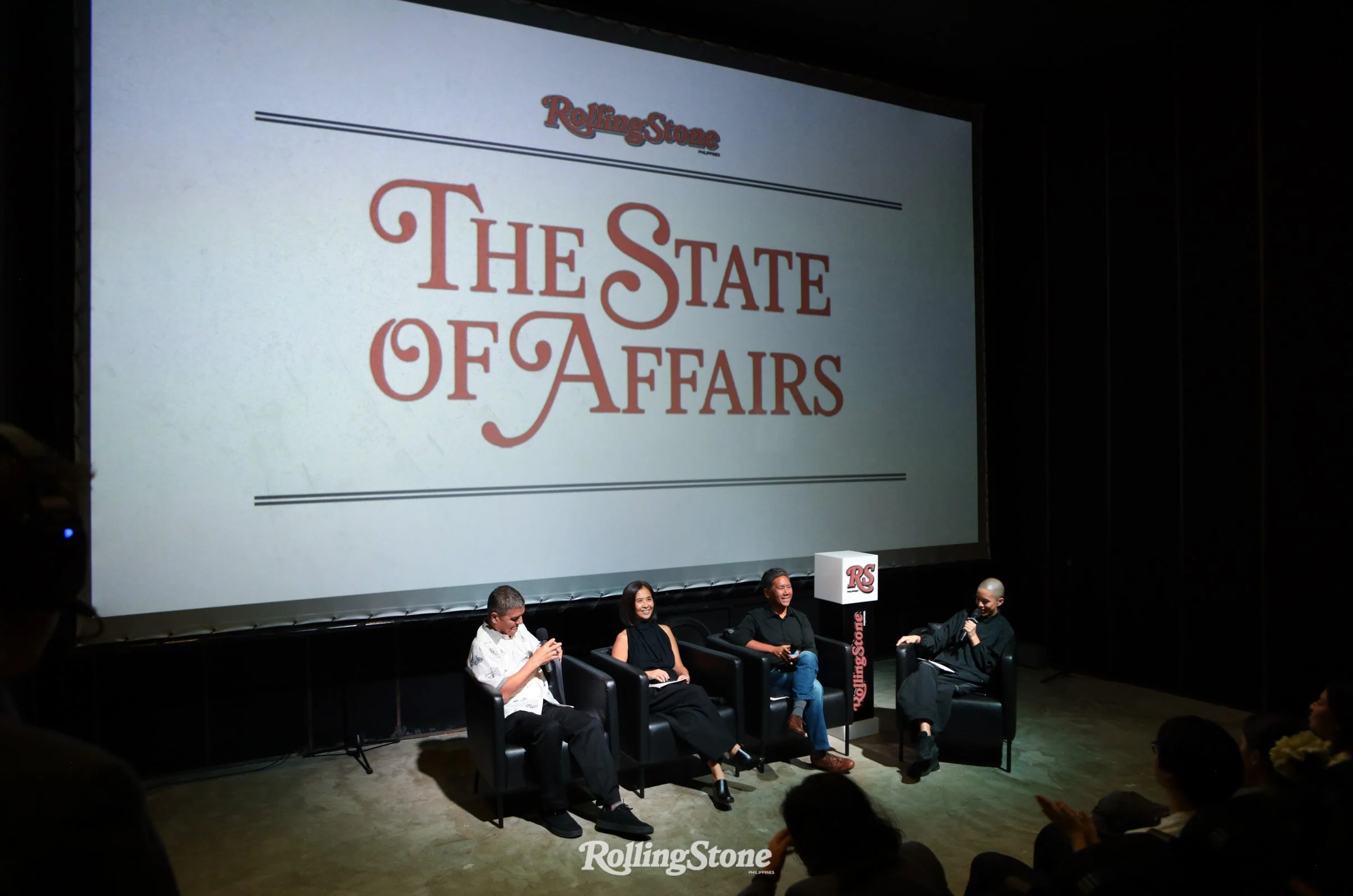What It Means to Bury a Ghost: A Retrospective Review of ‘Silent Hill 2’
AEW All In Texas 2025: Cashing in the Chips
James Sunderland encounters a nurse | Still courtesy of Konami / Bloober Team
We’ve always tried as hard as we can to explain everything through the mouthpiece of language and translation, yet the monsters of our own making often elude fixed description. Consciousness resists such rigid boundaries. If any genre captures this unsettling truth, it’s psychological horror. And no game channels it more viscerally than the original Silent Hill 2.
Long cherished for its influence, psychologically rich narrative and layered sense of horror, Silent Hill 2 follows James Sunderland as he descends into the fog-laden town in search of his presumed dead wife. Often regarded as a seminal work of interactive fiction for its lasting appeal, the game is seen by many as a singular product of its time: rough-edged in ways that feel less like flaws than features complementing its cultural imprint. For some, the idea of remaking it bordered on blasphemy.
So it was no surprise that the announcement that Bloober Team would helm the remake triggered an outpouring of backlash, some of it grounded, but mostly reactionary noise. It raised eyebrows from its very first teaser, which appeared half-baked and riddled with graphical inconsistencies. Most of the response from the community was as gratingly loud as the years-long chorus of fans begging Konami to stop reducing the franchise to pachinko fodder and return it to its rightful place in the medium that made it matter.
Pyramid Head makes an entrance | Still courtesy of Konami / Bloober Team
As luck would have it, those frustrations were addressed with thoughtful responses, as this successful remake of the infamous second installment stormed past the hate and emerged not only as a respectful interpretation of a hallmark in the video game canon, but also as an auxiliary experience; one that can coexist with the original, enrich its legacy, and potentially extend it with new entries, as hinted by the upcoming Silent Hill f.
But first it's worth examining one of the biggest points of contention when the remake was first teased: the revision of its fixed camera angle and core gameplay, changes that some felt undermined the essence of the original and served as cheap signifiers of conformity to current design trends.
There’s a grain of truth to that; the modern AAA game formula is growing tiresome and could very well compromise the legacy of this horror classic within the pitfalls of today’s commercial landscape. However, when approached with intention and a focused vision, accessibility doesn’t have to mean dilution or an overwriting of the original's legacy as demonstrated by Capcom’s winning streak of Resident Evil remakes. It can just as well mean extending the reach of an experience that shouldn’t be gate kept, especially when the company responsible has failed to preserve its own history. That energy would be better spent elsewhere, like urging Konami to release competent ports of Silent Hill 1 through 4, compared to the lazy remasters during the seventh generation of consoles.
With all this context in place, it's plainly clear just how much weight this remake carries. But despite a few wrinkles—overlong segments that render the oppressive atmosphere more tedious than immersive, and questionable changes to the soundtrack and performances that at times undercut the emotional clarity of the source material—the Silent Hill 2 remake remains unabashedly confident in its design choices and admirable in its intent, proving the skeptical masses wrong in the best way possible.
The fog-laden town of Silent Hill | Still courtesy of Konami / Bloober Team
This is best reflected in the bold presentation of its puzzles and dungeons, which mostly retain the original framework while introducing thoughtful new additions. (Special mention goes to Abstract Daddy’s masterfully reimagined boss fight, I loved every second of it.) And it also helps that the common enemies, most notably the ever-foreboding mannequins, are far more challenging and ruthless this time around. It makes each encounter feel fresh even after a number of encounters and consistently reinforces dread since you're always in the chokehold of anticipation, balanced by a simple yet satisfying dose of kinetic gameplay mechanic of third-person dodge and shoot.
There's a pressing urgency in the environmental storytelling and symbolic details, all of which heighten the intrigue as you move through each area. The constant tension of never quite knowing what’s around the corner becomes an addictive pull in itself. Thus the revamped combat, though more action-oriented, still feels thematically aligned. It translates dread into new shapes: the fear of what lies behind a door or the disquiet of faint, unplaceable murmurs just behind you.
Much of this is achieved through immaculate sound design, which never falters in quality. And of course no discussion of Silent Hill would be complete without mentioning Akira Yamaoka, the mind behind the series’ incredible soundtracks. The music of Silent Hill 2 in particular is surreal yet tender, blurring the lines between ambient noise and intimate vulnerability that feels like eavesdropping. While I do have personal reservations about some of the new mixes of the original tracks in the remake, the sum of its parts still holds up in classic Yamaoka fashion.
It's genuinely uplifting to witness the remake’s remarkable success, especially after the early inflammatory attacks and knee-jerk resistance from longtime fans. It’s both reverent and refreshingly restrained, never tipping into self-conscious excess or drowning out the original’s voice. It’s a powerful work, clearly born of affection and care.
The thought of remakes flooding the industry is more terrifying than the two Silent Hill 2 games combined. At times it feels like the industry keeps taking the same well-worn paths out of financial obligation, clinging to familiar, endlessly milkable IPs. And yet with this entry maybe the idea isn’t so grim, so long as remakes are handled with the same care and sensitivity that made this remake as soul-crushingly beautiful now as it was during the PS2 era.
Like James Sunderland, we keep returning to this town not out of hope, but out of a need to make sense of the past and preserve it, however fragmented, like a cluttered mosaic. Silent Hill 2 has always been about confronting what we’ve buried, only to realize we never truly laid it to rest. In the same way, our collective reaction to the remake, from the initial smear campaign to the eventual acceptance, reflects more than just a judgment of quality.
It reveals a deeper unease: we don’t want the past simply remembered, we want it recovered but intact and untouched. We cling to our memories not as they were, but as we need them to be: sharper, more convincing, and guided less by what they once stood for than by what we now need them to mean.
Remakes complicate this desire. They hold up a mirror to nostalgia and force us to interrogate its contradictions: the pursuit for authenticity versus the unavoidable clasp of change; the urge to immortalize an experience versus the anxiety that reimagining it might outlive what once felt sacred. What the Silent Hill 2 remake shows us, whether intentionally or not, is that memory is never static. It's interpretive, reactive, and vulnerable to time. In revisiting this fog-shrouded town, we aren't just hoping to relive a game. We’re trying to prove that what we once felt still matters, that it can still hurt, still haunt, still move us in ways we rarely expect.



